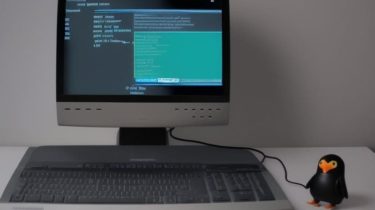Building an Image Classifier with a Single-Layer Neural Network in PyTorch
A single-layer neural network, also known as a single-layer perceptron, is the simplest type of neural network. It consists of only one layer of neurons, which are connected to the input layer and the output layer. In case of an image classifier, the input layer would be an image and the output layer would be a class label. To build an image classifier using a single-layer neural network in PyTorch, you’ll first need to prepare your data. This typically involves […]
Read more








